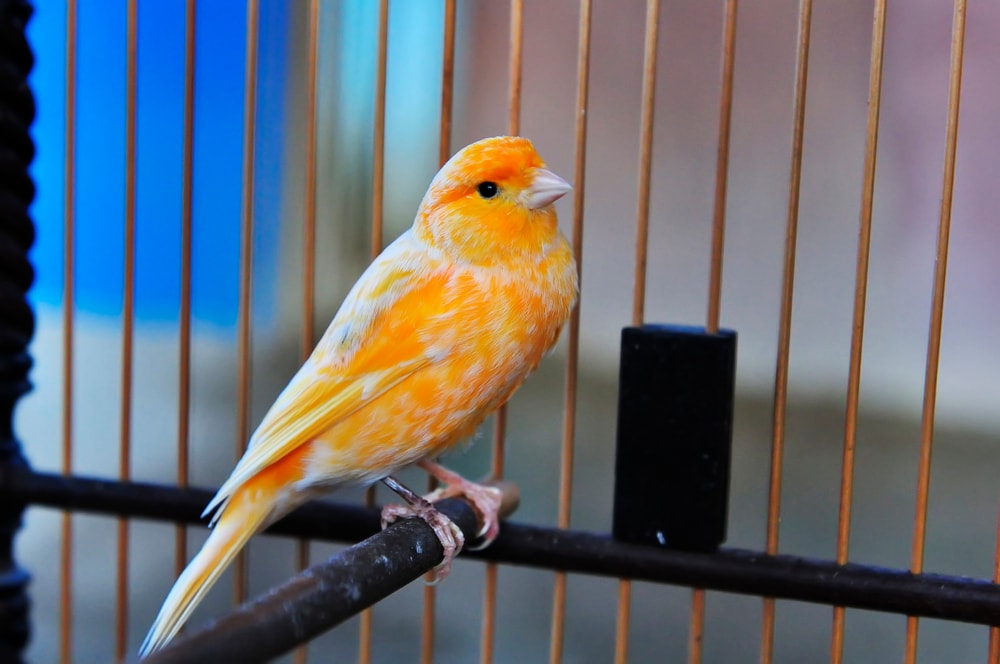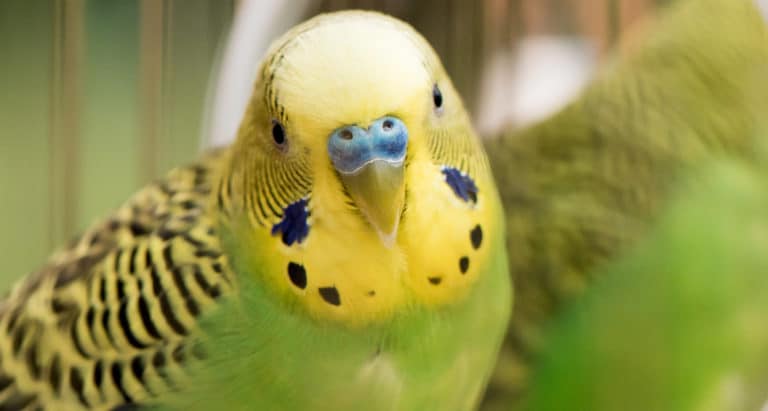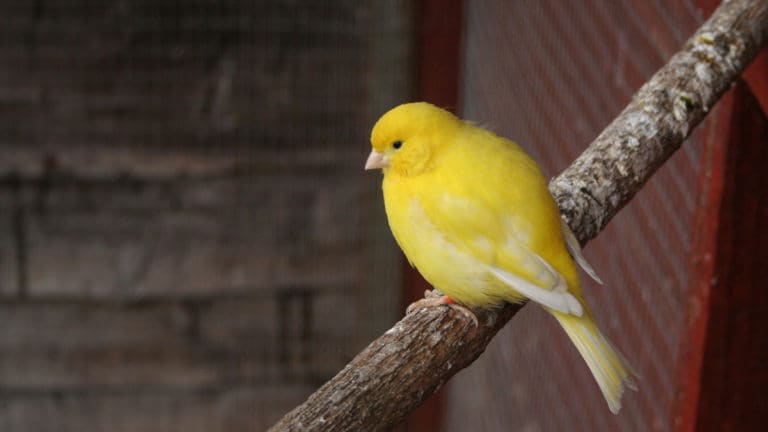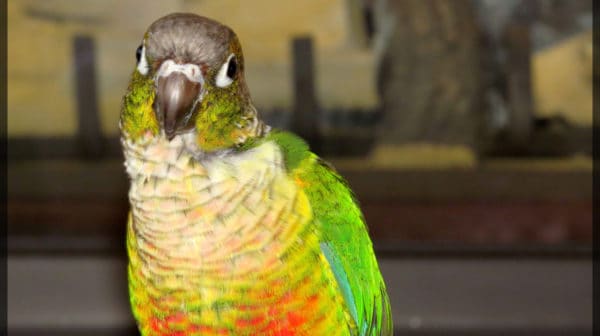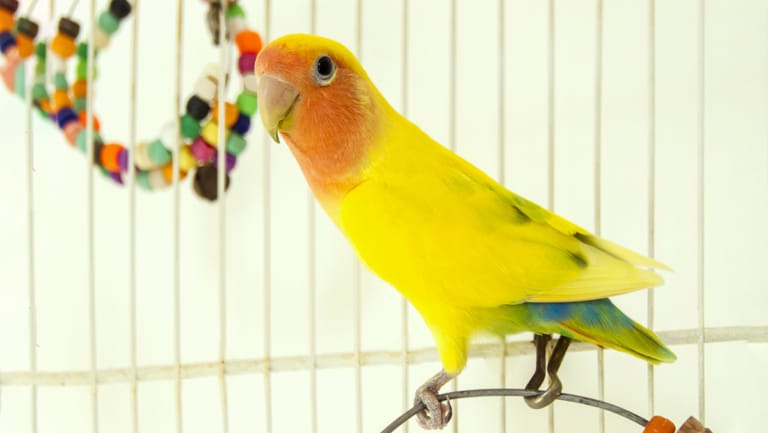While they are best known for their singing ability, it’s usually only the males that sing.
The canary was:
- Once only owned by the wealthy who could afford these beautiful singing wonders
- Used in coal mines to warn workers of noxious fumes
- The inspiration for Tweety of The Loony Tunes
Thinking of bringing home one of these colorful birds? Before you do, I’ve got a few facts for you.
1) Although canaries are in the finch family, they are not social. While other finches like zebra finches and society finches should be housed in pairs, canaries are best left as solitary birds. They can be territorial, so housing them together is unwise. While there are certain set-ups and arrangements that can allow for multiple birds to be housed together, a novice interested in a canary is best with one bird.
2) A smaller bird does not mean a smaller mess. Katie Calcasola of The Golden Cockatoo had this to say in an interview: “Most people think that because canaries are small that they will be neat with no mess. Quite the contrary … canaries spend most of their days flying in their cages [and], as a result they send empty seed hulls all over the floor … these hulls can be very messy.” In addition to the seed mess, canaries also produce a good amount of droppings as well as feathers when they molt.
3) While parrots like to climb around, canaries lack features, like a hooked bill, to be able to do so. This means that they rely on flight to get move about. An appropriate bird cage to accommodate this is important. “Single canaries do well in smaller cages but you do want to try to give them enough cage space to fly back and forth,” Calcasola said. “Canaries get their respiratory exercise from flight so the larger the cage the healthier the bird. Just remember to make sure that the cage has small bar spacing.” As with most birds, length is more important than height, and round bird cages should be avoided.
4) Along with that lack of need for socializing with other birds, canaries have little need to socialize with people. While there have been cases of canaries becoming finger tame, this is the exception, not the rule.
“People who get a canary need to remember that you do not hold these birds as they can literally die from fright,” Calcasola said. If you’re looking for a bird you can buddy up with, a canary may not be for you.
5) A canary can make a good choice for a first-time bird owner, provided they are willing to learn. “A novice can do well with canaries but we always recommend that people do research on whatever type of bird they get. The newcomer needs to learn the signs to look for in regards to illness and appropriate cage set up.”
If you’re a first timer interested in a canary, Calcasola has a couple suggestions on which one you should get. “We would recommend the American Singer Canary or the Spanish Timbrado Canary.”
Read more:
A Look At Canaries
Meet The Different Types Of Canaries
Posted by: Chewy Editorial
Share:
